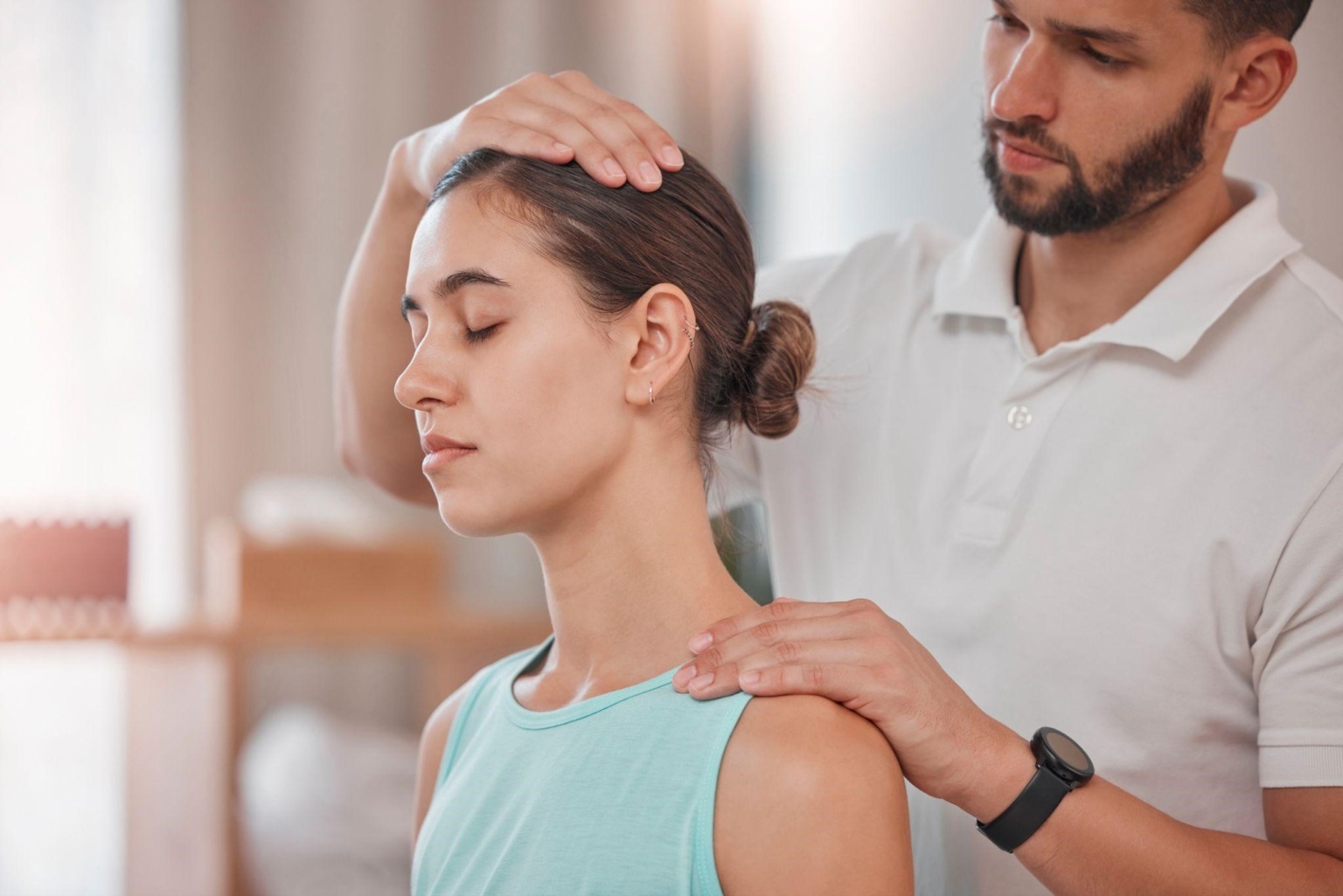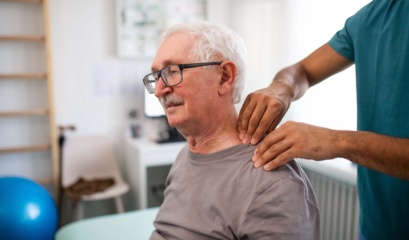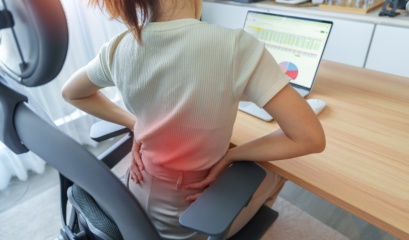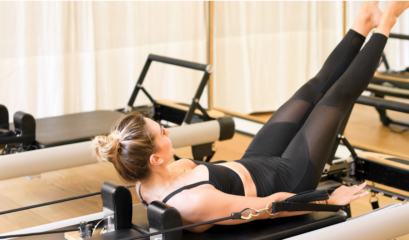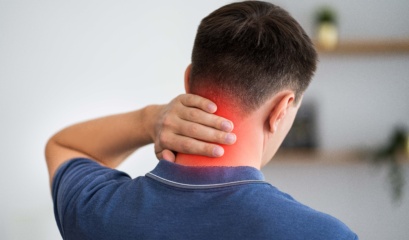Cervicogenic headaches can be a real pain in the neck, quite literally! If you’ve ever experienced a throbbing headache that seems to originate from your neck, you might be dealing with cervicogenic headaches. But not to worry, we’re a team of experienced physiotherapists who deal with patients suffering from neck pain and cervicogenic headaches all the time – and we’re here to help.
In this blog, we break down what cervicogenic headaches are, their symptoms, and provide you with exercises and stretches to alleviate your neck pain and manage these headaches. However, it’s essential to remember that individual needs may vary, so contact one of our physiotherapists for a proper evaluation.
What is a Cervicogenic Headache?
Cervicogenic headaches are a specific type of headache that originate from issues in the neck or cervical spine (the cervical spine is the part of the spine in your neck – this is where the name cervicogenic comes from). They occur when there is a physical or neurological issue in the neck that sends pain signals to the head.
The pain associated with these headaches is often described as a dull, aching sensation, and it can be localised to one side of the head, around the temple, or behind the eye. Unlike other types of headaches, cervicogenic headaches are not typically accompanied by nausea or light sensitivity.
Cervicogenic Headache Symptoms
Identifying cervicogenic headaches can be tricky, as their symptoms can overlap with other types of headaches. Here are some common signs to watch out for:
- Unilateral pain: Cervicogenic headaches typically affect one side of the head.
- Neck pain: Neck pain is a key indicator. The pain may be constant or worsen with certain neck movements.
- Limited range of motion: You may experience stiffness and reduced range of motion in your neck.
Headache triggers: Activities that strain the neck, like prolonged computer use or poor posture, can trigger or worsen cervicogenic headaches.
Causes of Cervicogenic Headaches
Cervicogenic headaches (CH) arise due to issues originating from the neck region. While the exact cause of CH can be elusive at times, there are several known factors and conditions that contribute to its onset:
- Wear and tear of the neck: Over time, the vertebrae, joints, or muscles in the neck may experience degeneration or strain, leading to CH. This degradation can be gradual, resulting from daily activities and postures.
- Occupational hazards: People engaged in specific professions like hair stylists, carpenters, and truck drivers may be more susceptible to CH. The nature of their jobs often requires them to maintain their heads in particular positions for extended periods, causing undue strain on the neck.
- Forward head motion: This posture involves the head held protruded in front of the body. It results in additional weight and pressure on the neck and upper back, increasing the risk of CH.
- Injuries and accidents: Traumatic events, such as falls, sports injuries, or incidents leading to whiplash, can trigger CH. These occurrences can cause injuries to the neck, prompting headaches originating from the cervical region.
- Arthritis: The inflammation and wear of joints in the neck due to arthritis can be a contributing factor to CH.
- Nerve compression: When the nerves in the neck become compressed or squeezed, it can lead to the onset of cervicogenic headaches.
- Serious underlying conditions: In some rare instances, CH might be an indication of more grave conditions like a tumour or a fracture in the upper spine or neck.
Understanding the causes and being aware of the factors contributing to cervicogenic headaches can be crucial in seeking timely treatment and managing the condition effectively.
3 Exercises and Stretches for Neck Pain Relief and Cervicogenic Headaches
While these exercises and stretches can help reduce neck pain and alleviate cervicogenic headaches, it’s crucial to perform them correctly and without causing additional discomfort. If you’re uncertain, consult a physiotherapist. Here are three exercises that can be beneficial:
1. Neck Retractions
This exercise helps improve neck posture and strengthen neck muscles.
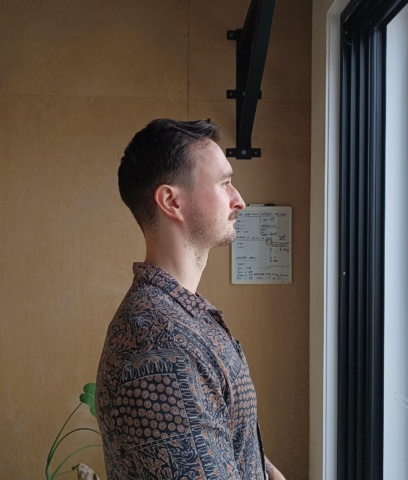
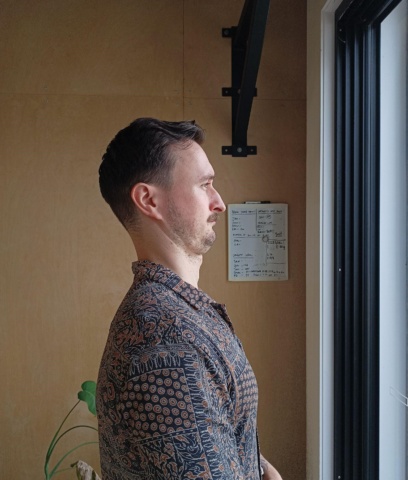
- Sit or stand up straight.
- Gently tuck your chin in, as if making a double chin.
- Hold for 5-10 seconds.
- Repeat 10 times. Perform several sets throughout the day.
2. Neck Flexion Stretch
This stretch can relieve tension in the neck and upper back.
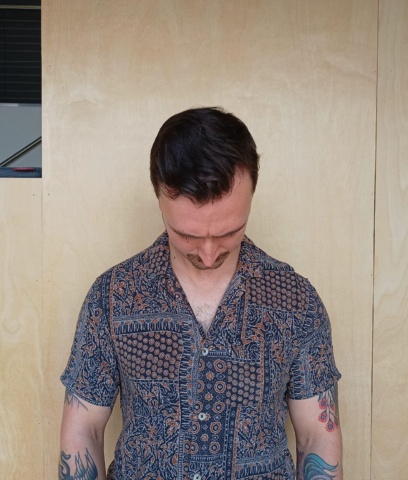
- Sit or stand up straight.
- Slowly lower your chin towards your chest.
- Hold for 15-30 seconds.
- Gently release and repeat. Perform several sets but make sure not to overdo it – stretching too deep or too often can exacerbate the issue.
3. Shoulder Blade Squeezes
This exercise helps improve upper back and neck posture.


- Stand up straight with your arms at your sides.
- Squeeze your shoulder blades together.
- Hold for 5 seconds and release.
- Repeat 10 times.
We Can Help
A professional physiotherapist is a crucial resource when dealing with cervicogenic headaches. We can provide a comprehensive evaluation and tailor a treatment plan to your specific needs. In addition to the exercises above, our physiotherapists in Sydney can help you with:
- Manual therapy: Hands-on techniques to improve neck and spine function.
- Exercise prescription: Customised exercises to strengthen and improve neck posture.
- Posture and ergonomics: Guidance on maintaining good posture and ergonomic adjustments.
- Education: Teaching you how to manage and prevent cervicogenic headaches.
Cervicogenic headaches can be disruptive and painful, but there are ways to find relief and manage them. The exercises and stretches provided here can be beneficial, but remember to consult a physiotherapist for a thorough assessment before beginning any exercise regimen.


